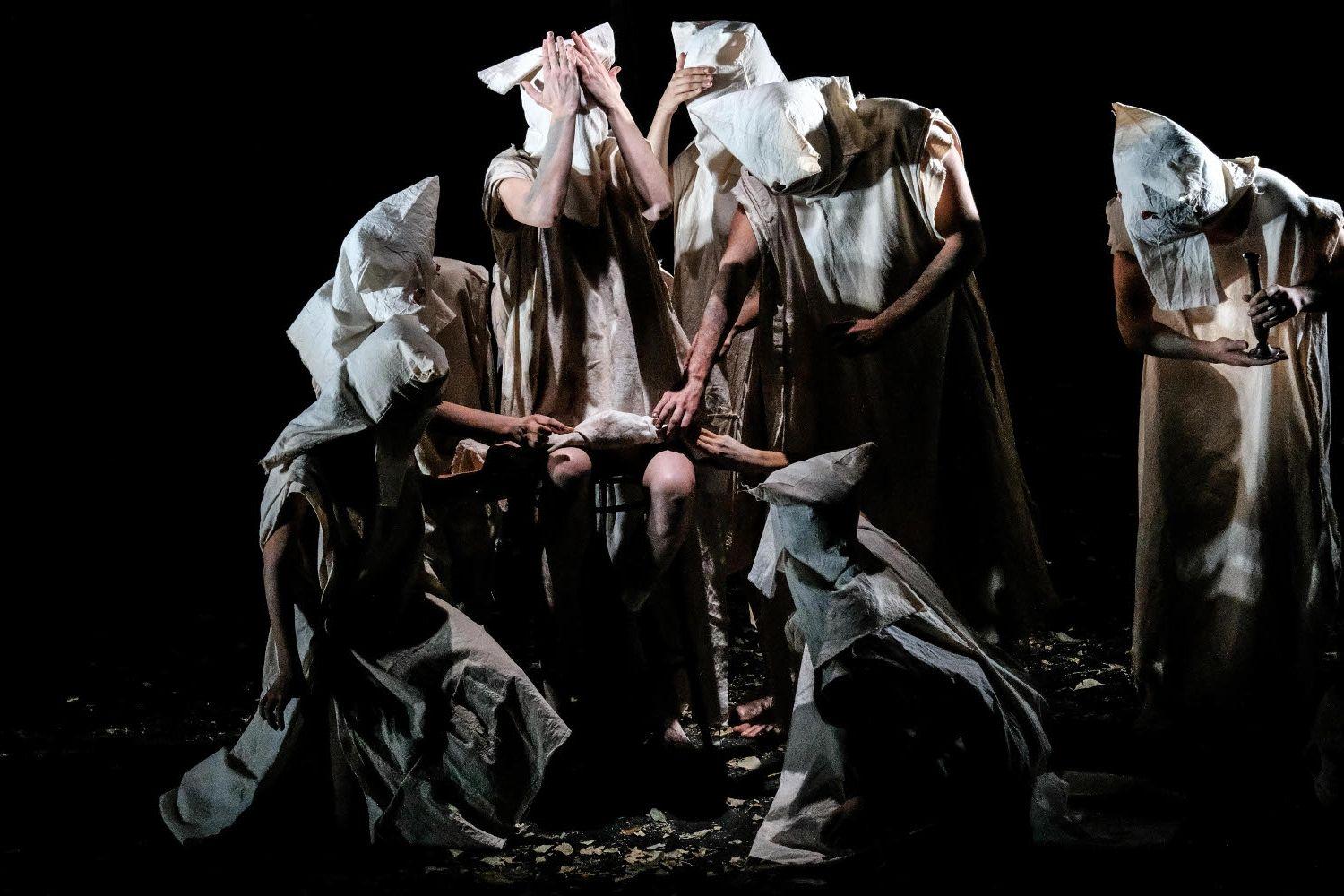A Guide to Now for those in the Future
completedPlayOn!

SummaryThis unique installation remixes collected footage and interviews in a vibrant explosion of sight and sound. A Guide to Now for those in the Future explores the emotions, dreams and fears of young people from 2024 captured in fleeting moments, snap shots and passing interviews. Witness their thoughts, hopes, opinions and struggles in their own words woven into a tapestry of sight and sounds - an evocative exploration of human connection and being young in 2024.
___________________________________________________________
A Pilot Theatre production as part of the Creative Europe project PlayOn!
Introduction
We wanted to make recycled, 'old' technological objects feel new, and to bring them to life with the content: a new version of a time capsule.
Our questions were: How can we create an immersive experience for our audiences that feels current and entertaining, whilst being true to the thoughts and feelings of the young people we interview? How can we create a project that is robust enough to be left unattended in public spaces for audience members to engage with?
Creative Process
How did the collaborators work together on this project?
We collaborated with over 200 young people from across England, a sound designer, a video designer, and a composer to achieve the final project.
What forms of trial and error occurred?
We were not sure how the interviews with young people both in sound and idea would come together. The idea was for the participants' responses to feel "off the cuff" and casual, and not rehearsed or over-considered. This was a risk as it involved a new kind of interviewing technique guided by the young people with careful supervision at a distance. We feel we have been successful in our aims but we took a risk approaching it this way.
Did you use existing software?
We used existing software for sound design and video design. However we did custom-build the technological installation of the project, creating a box sound player that can run the old hairdryers and a video installation set-up that used 6 old monitors and an old server case. All these were designed to able to be in public spaces, unattended.
Did any of your questions or goals change, over the course of this project?
We set out with quite a clear vision for the project, so not much really changed during the course of production. We carefully considered the questions and themes we would be covering as part of the participation.
What were the key milestones in the development of the production?
Gathering all the content was a major milestone, followed by editing it down. We had hours of footage and interviews.
Reflections
We now have both installations able to be displayed to members of the public, and they retain the aesthetic and spirit of what we set out to achieve. We were quite clear from the outset about how the final product would be realised and this has been achieved.
In what ways was the production a success?
The biggest success is the candid nature of the interviews with young people. The storytelling of the project rested on this and we feel we have managed to record in that way.
What elements of the final production would you change?
If anything, it would have been great to interview even more young people and have more material, but this is something we may do in the future.
If other people were to take a similar approach, what advice would you give?
Step back slightly from the interview process to allow young people to speak freely, foster a relaxed environment for the interviews and leave plenty of time for editing and listening. Recruit a wide range of people to speak to.





